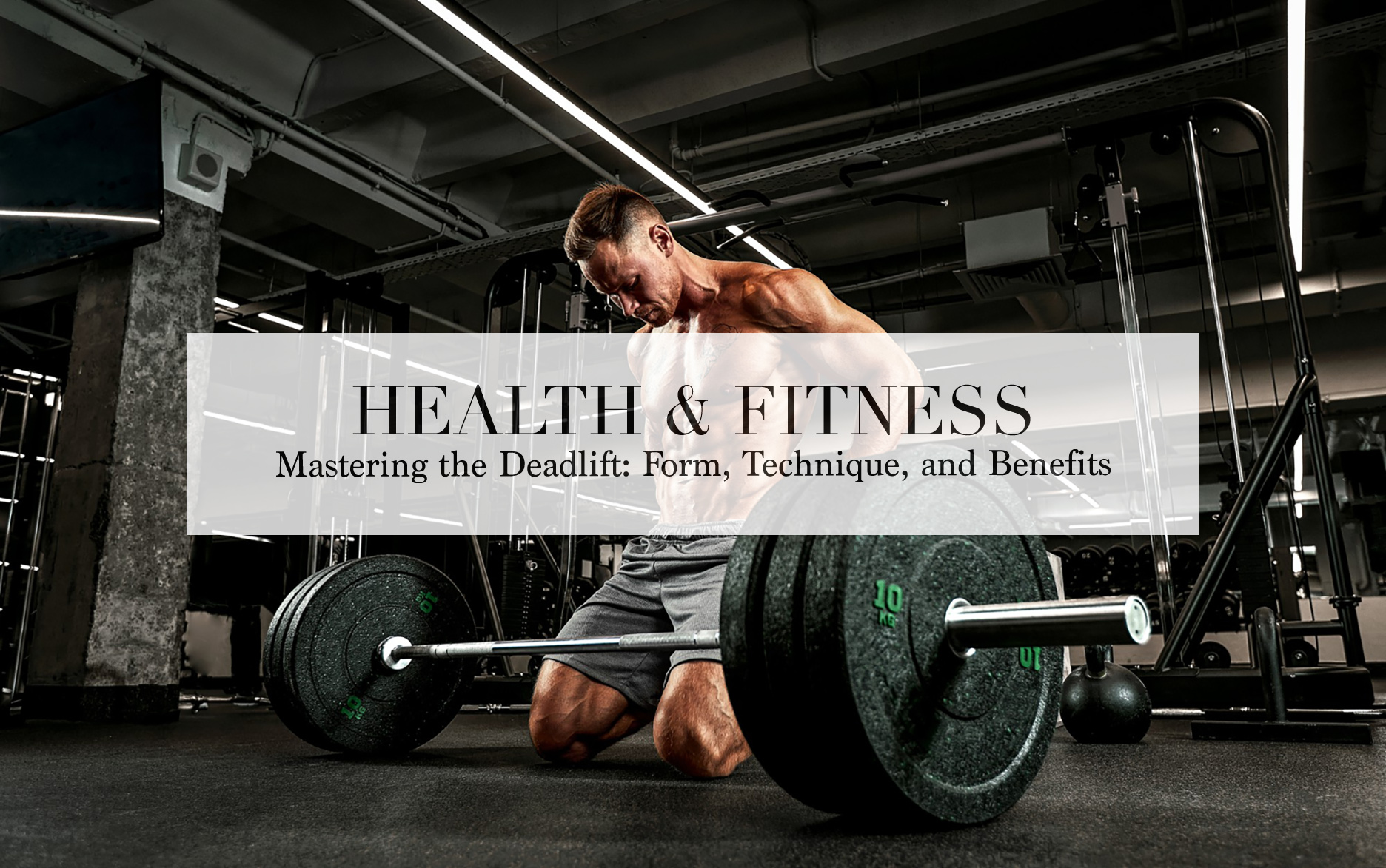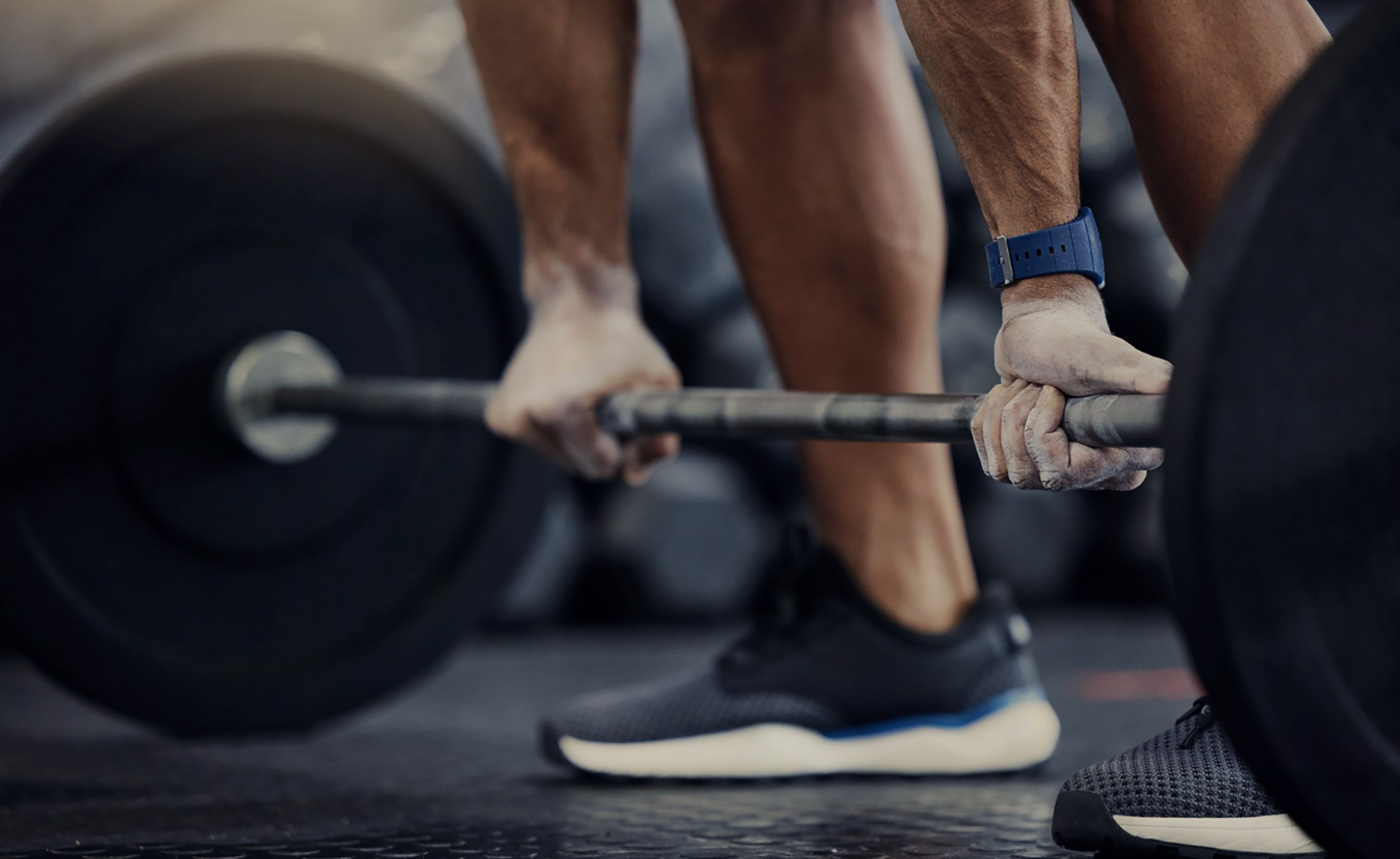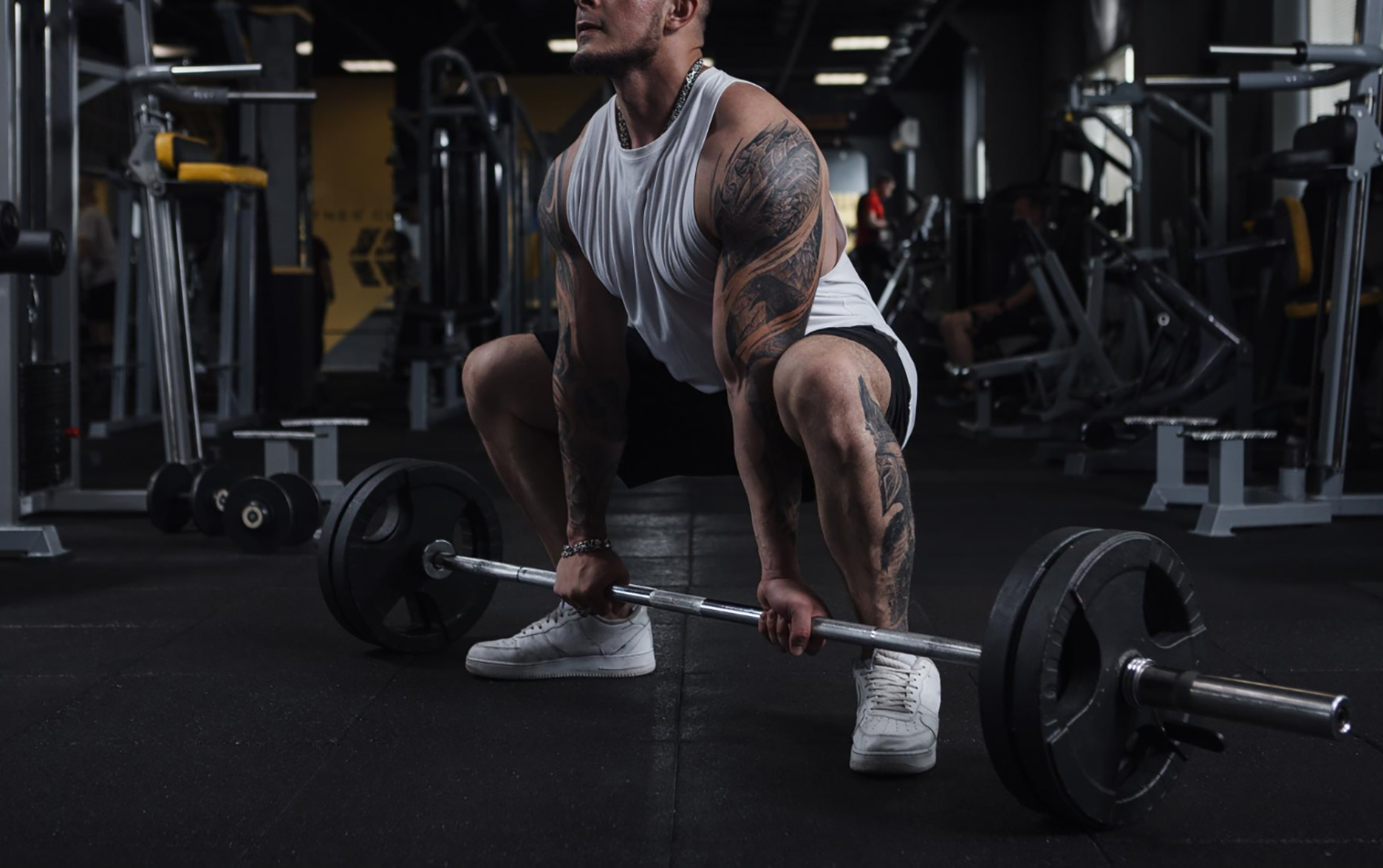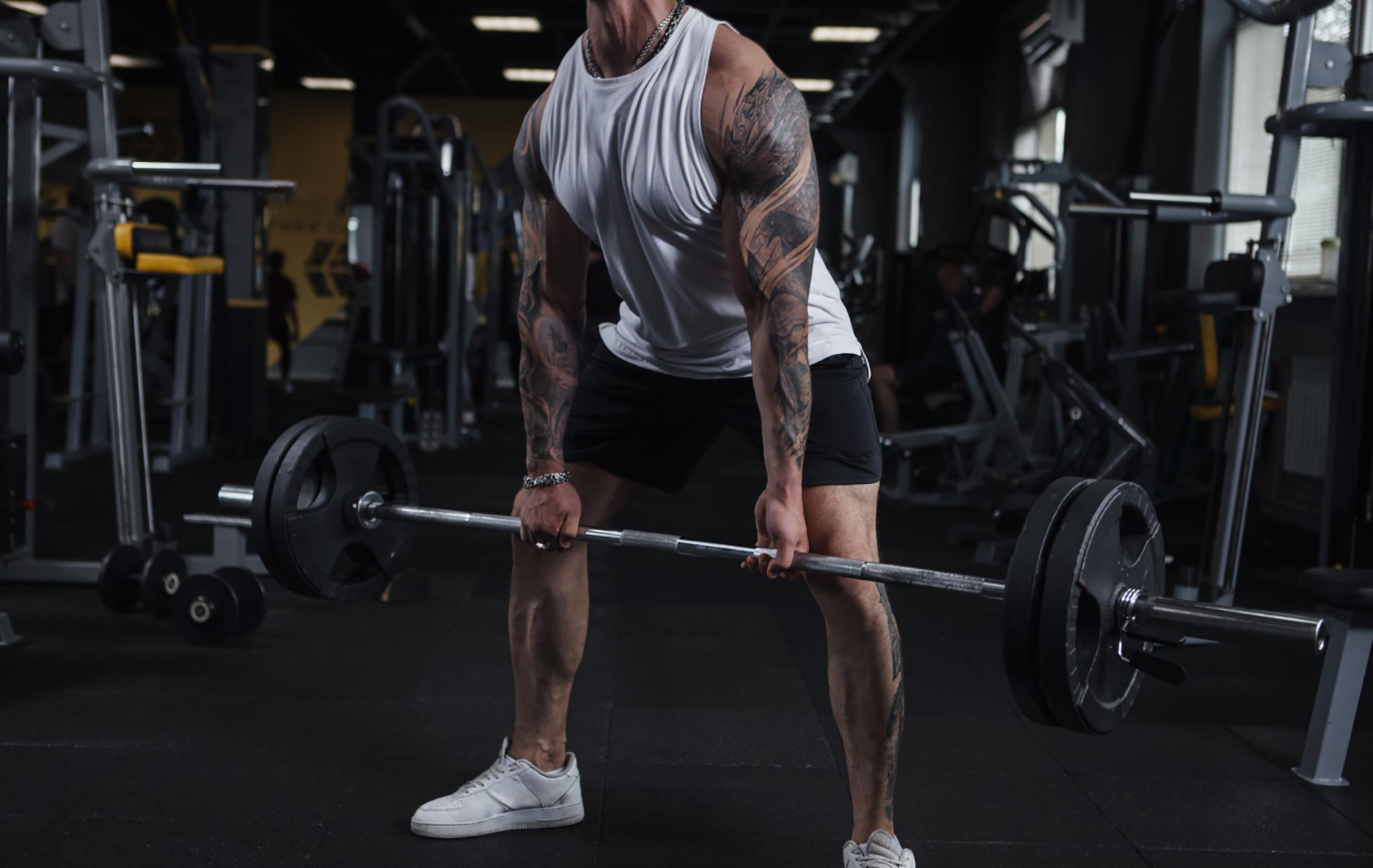The deadlift stands as one of the most fundamental compound movements in weightlifting, revered for its ability to engage multiple muscle groups and build raw strength like few other exercises can. Despite its simplicity in concept—lifting a loaded barbell from the ground to a standing position—the deadlift demands a nuanced understanding of form, technique, and safety precautions to maximise its benefits and minimise the risk of injury. In this comprehensive guide, we delve into the intricacies of mastering the deadlift, covering everything from proper form and technique to the myriad benefits it offers for overall fitness and bodybuilding goals.
Understanding the Deadlift:
The deadlift primarily targets the posterior chain—comprising the muscles along the backside of your body, including the lower back, glutes, hamstrings, and calves. Additionally, it recruits muscles in the core, forearms, and upper back, making it a highly efficient full-body exercise. While it is often associated with powerlifting and strength training, the deadlift holds immense value for individuals pursuing various fitness goals, including muscle hypertrophy, fat loss, and functional strength enhancement.
Deadlift Form and Technique
Before delving into the benefits of deadlifting, it’s essential to establish and grasp proper technique. Let’s begin by familiarising ourselves with the foundational principles of deadlifting, focusing on safety, simplicity, and consistency. It all starts with setting up correctly:
Stance: Maintain a hip-width stance with toes facing forward.
Grip: Hands shoulder-width apart, gripping the bar firmly with thumbs around and knuckles down. This wider grip ensures proper alignment and avoids conflicting space between knees and knuckles during the lift.
Body Position: Ensure a flat back, hips over knees, and shoulders above hips. Keep the head, neck, and chest aligned, with eyes fixed on a point about three meters ahead for stability.
It’s important to note that these positions serve as starting points, with room for adjustments based on individual capabilities.
With the setup covered, let’s explore the mechanics of moving with the bar:
Bar Path: Maintain a vertical bar path, ensuring the bar stays in contact with the body throughout the movement.
Bracing: Engage the core to support the spine, either by contracting the abs as if bracing for a punch or utilising aids like lifting belts to reinforce core stability.
Foot Pressure: Maintain a stable ‘tripod’ foot contact from mid-foot to heel, ensuring the arch remains active and stable throughout the lift.
Starting Position:
Begin with a standing lockout position, emphasising strong shoulders and upper back, with chest out and engaged glutes (‘stacked and packed’).
Setup Phase:
Follow a consistent setup routine:
- Position the bar directly over the shoestrings, ensuring minimal distance from the shins.
- Grip the bar firmly, brace the core, and load the hips between the knees and shoulders.
- Lift the chest, aligning the neck and head, and maintain tension throughout the body.
Lifting Phase:
Initiate the lift by pushing the legs into the floor, maintaining a confident grip and braced core. As the legs extend, ensure knees and hips shift back slightly, with head and chest rising together, and the bar path remaining vertical and close to the shins. Upon clearing the knee, drive the hips forward and continue lifting the chest into the upright, lockout position.
Lowering Phase:
Control the descent of the bar slowly, focusing on maintaining muscular tension necessary for the lift-off. This involves pushing the hips back until the bar passes the knee, ensuring adherence to the bar path, bracing, and foot pressure.
Common Mistakes to Avoid:
-
- Rounding the lower back: This places undue stress on the spine and increases the risk of injury. Focus on keeping your back straight and maintaining a neutral spine throughout the lift.
- Allowing the hips to rise too quickly: This can shift the load onto the lower back and reduce the effectiveness of the exercise. Keep your hips and shoulders rising together to maintain proper alignment.
- Overextending at the top of the lift: While it’s essential to fully extend the hips, avoid leaning back excessively, which can strain the lower back.
Benefits of the Deadlift:
- Builds Functional Strength: The deadlift mimics the movement patterns used in everyday activities, such as lifting heavy objects off the ground. By strengthening the muscles involved in these movements, you enhance your overall functional strength and reduce the risk of injury in daily life.
- Enhances Muscle Hypertrophy: As a compound exercise, the deadlift targets multiple muscle groups simultaneously, making it an efficient way to stimulate muscle growth. In particular, it effectively develops the muscles of the posterior chain, including the hamstrings, glutes, and lower back.
- Boosts Metabolic Rate: Deadlifts are a highly demanding exercise that requires significant energy expenditure. As such, they can elevate your metabolic rate both during and after your workout, leading to increased calorie burn and potential fat loss over time.
- Improves Posture and Core Stability: Performing deadlifts with proper form strengthens the muscles responsible for maintaining good posture and core stability. This can help alleviate back pain and improve overall spinal alignment, enhancing both aesthetic appearance and functional movement.
- Enhances Grip Strength: Gripping a heavy barbell during deadlifts challenges your forearm muscles and grip strength. Over time, this can lead to improvements in grip strength that carry over to other lifts and activities, such as pull-ups and carrying heavy objects.
There are deadlift variations that may be beneficial to add into your training regime to enhance your workouts. These deadlift variations may be useful for those that cannot deadlift using the conventional form.
Deadlift variations:
- Sumo Deadlift
- Romanian Deadlift
- Stiff Leg Deadlift
- Dumbbell Deadlift
- Trap Bar deadlift
- Smith Machine Deadlift
Mastering the deadlift is hugely beneficial to anyone looking to improve their strength, muscle mass, and overall fitness level. By adhering to proper form and technique, you can unlock the benefits this compound exercise has to offer while minimising the risk of injury. Whether you’re a seasoned lifter or just beginning your fitness journey, the deadlift is a cornerstone movement that deserves a place in your training routine. So, grab a barbell, focus on technique, and reap the rewards of this time-tested exercise.




